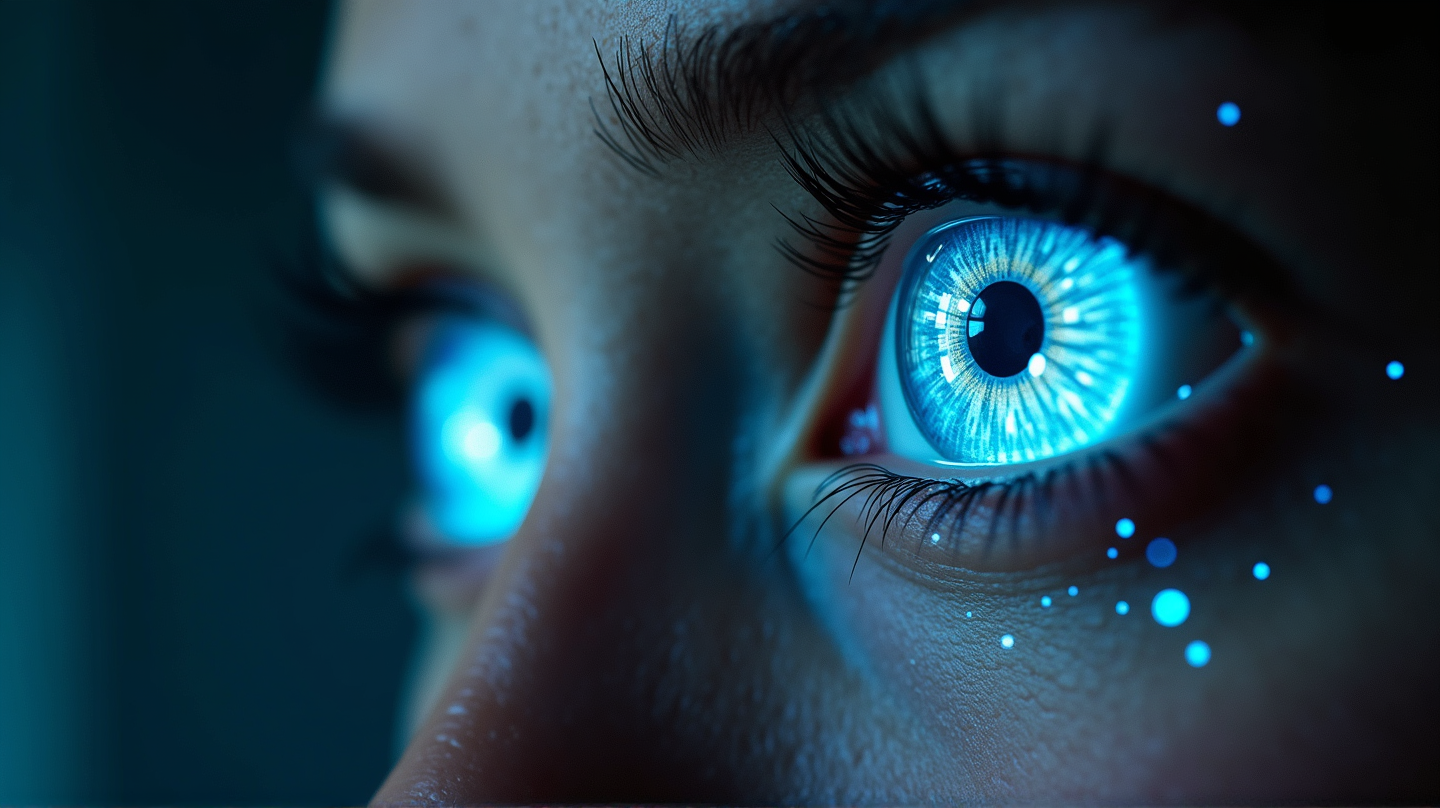Imagine seeing the world in an entirely new light — quite literally! Scientists have unveiled an astonishing breakthrough in wearable technology: contact lenses that bestow night vision upon humans by ingeniously transforming invisible infrared light into visible images. According to Times of India, these lenses promise to bridge the gap between human limitations and advanced vision capabilities, reshaping the future of everyday life.
Breaking New Frontiers in Vision
The remarkable lenses, developed by a team of pioneering researchers, utilize nanoparticles to convert near-infrared light into visible light. Unlike cumbersome and battery-dependent night-vision goggles, these innovative contact lenses are lightweight and non-invasive, providing a seamless experience akin to wearing regular lenses.
How Does It Work?
Crafted from sodium gadolinium fluoride and embedded with luminous nanoparticles, these lenses harness the magic of science to operate effortlessly. They absorb low-frequency infrared light, re-emitting it within the visible spectrum. This cutting-edge technology enables the wearer to perceive flashing infrared signals even with their eyes closed — a profound leap in human vision.
From Rodents to Humans: Testing and Trials
Initial tests on mice demonstrated successful responses to infrared stimuli. The breakthrough occurred when human volunteers tested the lenses and could perceive and decode infrared signals visually. “It’s totally clear cut: without the contact lenses, there’s nothing visible, but with them, infrared light becomes apparent,” affirmed Tian Xue, a key researcher.
Seeing in Color
An intriguing aspect of these lenses is their ability to display infrared light in varying colors such as red, green, and blue. This allows users to distinguish objects with unprecedented clarity. Additionally, the potential benefits for color-blind individuals, who may soon see shades previously hidden, could be transformative.
Future Prospects and Applications
As research advances, the lenses aspire to enhance sensitivity to softer infrared sources and increase resolution, possibly through integration with wearable glasses. Beyond individual advantages, this innovation heralds new horizons for applications in rescue operations, security, surgery, and military fields.
Conclusion
These lenses could redefine not only our vision but also our interaction with the world — opening new vistas across varied domains. The world is on the brink of a visual revolution, where seeing in the dark is no longer just a dream but a tangible reality.
Are we ready to unleash these new super powers?
